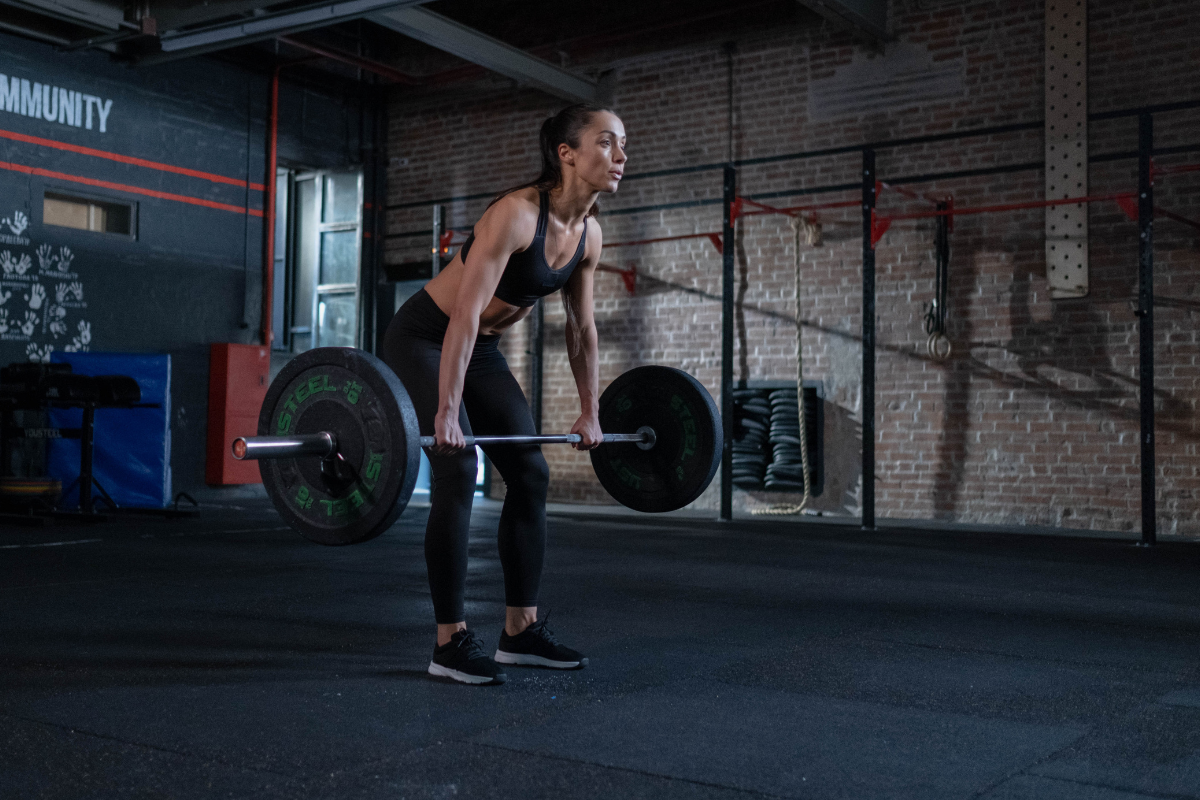
In this fast-paced world, finding ways to optimize your performance and incorporate fitness into your life is essential. While physical training and skill development are crucial, you should never underestimate the power of your mind in regard to your peak performance. Visualization techniques offer a powerful tool for busy professionals like you who are looking to enhance your fitness performance. By mentally rehearsing your actions and outcomes, you can tap into your subconscious mind and prime yourself for success. In this article, we will explore the role of visualization techniques in your life as a busy professional, examining how they can significantly impact your performance and contribute to your journey towards a healthier lifestyle.
The Science Behind Visualization
Visualization, also known as mental imagery or mental rehearsal, involves creating vivid mental images of yourself performing specific movements or achieving desired outcomes. This technique has gained immense popularity across various domains, including fitness, because of its ability to enhance performance. When you visualize an action, your brain activates the same neural pathways as when you physically perform that action. This mental practice helps strengthen neural connections, enhance muscle memory, and improve overall performance.
Visualizing Success
One primary application of visualization techniques for busy professionals like you is visualizing success. You can utilize visualization to create mental scenarios where you achieve your fitness goals, such as completing a challenging workout, running a marathon, or reaching a specific weight or body composition. By repeatedly visualizing these successful outcomes, you train your mind to focus on success and instill confidence in your abilities. This positive reinforcement helps reduce performance anxiety and enhances your belief in your capabilities.
Rehearsing Techniques and Strategies
Visualization goes beyond just visualizing outcomes; it also involves mentally rehearsing techniques and strategies. You can use this technique to practice specific fitness skills, such as mastering a new exercise, improving form, or visualizing yourself successfully completing a demanding fitness routine. Through visualization, you can refine your movements, hone your skills, and mentally prepare for different fitness scenarios you may encounter. This mental rehearsal primes your muscles and nervous system, facilitating better execution when it’s time to perform.
Managing Pressure and Adversity
Your fitness journey as a busy professional is not just about physical prowess; it also tests your ability to handle pressure and overcome adversity. Visualization techniques play a significant role in helping you manage stress and perform under challenging circumstances. By visualizing high-pressure situations and mentally rehearsing your responses, you can build mental resilience and improve your ability to stay calm and focused when faced with demanding schedules or competing priorities. This mental preparation allows you to maintain composure and make better decisions, even when faced with intense challenges.
Creating a Personalized Visualization Routine
To unlock the full potential of visualization, you must develop a personalized routine that suits your needs and goals. Here are some key steps to creating an effective visualization practice:
1. Find a quiet and comfortable space
Choose a calm environment where you can focus without distractions, even if it’s just a few minutes during your busy day.
2. Visualize specific fitness scenarios
Imagine yourself performing specific fitness actions, such as completing a challenging workout, overcoming obstacles, or achieving a fitness milestone, in vivid detail.
3. Engage all your senses
In addition to visualizing, incorporate your other senses like hearing the sounds of a gym, feeling the sensation of your body in motion, or even imagining the smell of fresh air during outdoor activities. Engaging all your senses makes the mental imagery more realistic and immersive.
4. Experience the emotions
Connect with the emotions associated with fitness success, such as satisfaction, pride, and accomplishment. Feel the joy of reaching your fitness goals and the confidence it brings.
5. Repeat and refine
Practice visualization regularly to reinforce neural connections and improve mental clarity. Adapt your routine based on feedback from your actual fitness experiences, adjusting your visualization to align with your progress and evolving goals.
Visualization techniques have become an integral part of your quest for peak performance in fitness. By harnessing the power of your mind, you can enhance your confidence, refine your skills, and manage the pressures of a busy life more effectively. Whether you’re visualizing successful outcomes, rehearsing techniques, or building mental resilience, the impact of visualization on your fitness journey and reaching a peak performance is undeniable. As you continue to strive for a balanced and healthy lifestyle, the use of visualization techniques will undoubtedly play an increasingly crucial role in your pursuit of fitness excellence.



